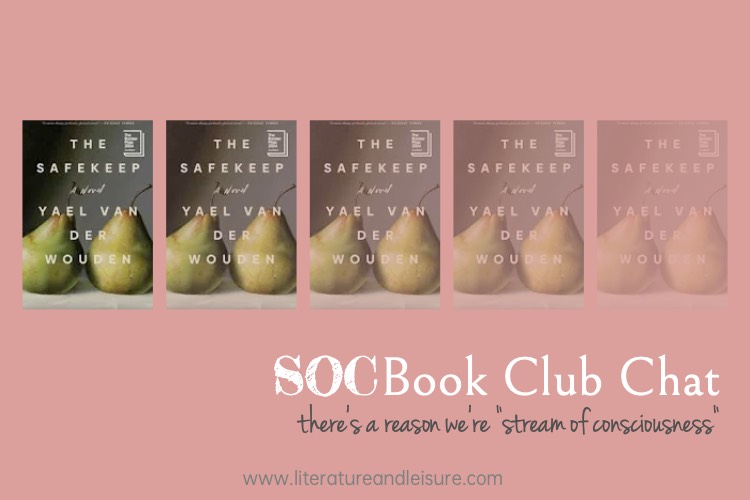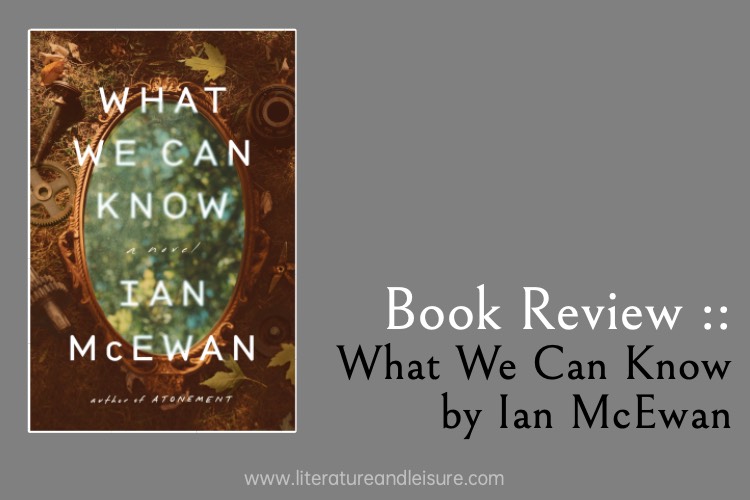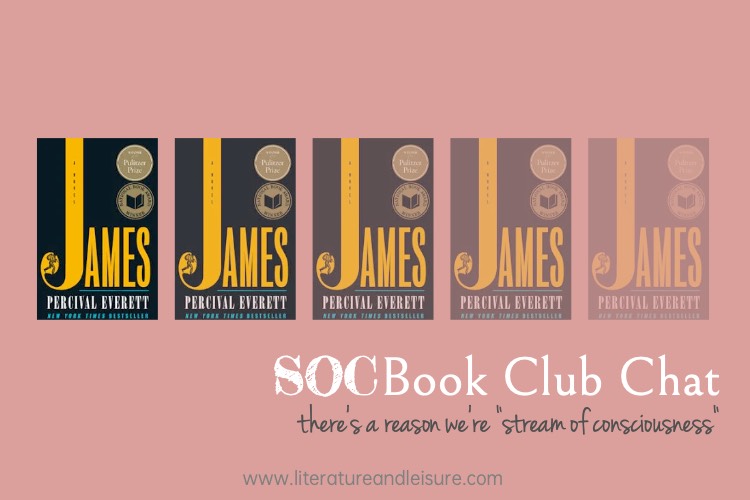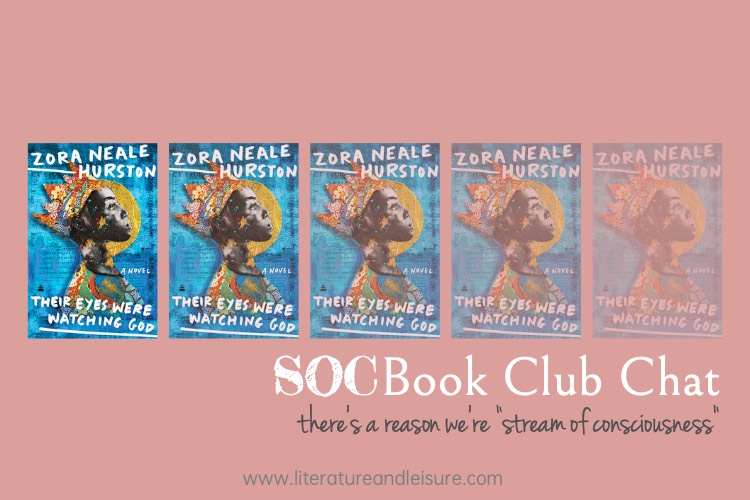The Safekeep by Yael van der Wouden won the 2025 Women’s Prize for Fiction and was short listed for the Booker Award in 2024, which many of you know I consider the most reliable of the the book awards. It was easily one of the best books I read last.

In The Safekeep, Isabel lives alone in the house her family moved into at the end of WWII. After her father’s death, her uncle secured the home for Isabel, her mother, and her two brothers—Louis, the eldest, and Hendrik, the youngest. Now, years later, her mother has passed away, and both brothers have moved out. The house has long been promised to Louis once he starts a family, which makes his request seem reasonable enough: he asks Isabel to let his girlfriend, Eva, stay in the house for a month while he’s away on business. But what feels logical to Louis feels invasive to Isabel, who resents Eva’s presence and wants nothing to do with her brother’s latest tryst.
I reread The Safekeep this year for our book club discussion and feel just as strongly—if not more so—after a second reading. It explores a part of history I had never encountered before, and I know I’ll remember these characters for years to come. They’re that vivid, that unique. And the writing? Simply beautiful.
Warning: This is one of those posts that has tons of spoilers, so if you haven’t read The Safekeep yet, you probably want to stop here. That said, if you have read it and especially if your book club is discussing The Safekeep, this should be a fantastic aid to your discussion.
These are the highlights of my book club’s discussion with a few of my thoughts thrown in.
A New Perspective on WWII Fiction
- The Safekeep offers a new lens on the familiar WWII narrative: rather than focusing on the war itself, the story centers on a house once inhabited by Jewish residents (Eva’s family) who were forced out, which allowed another family (Isabel’s) to move in.
- Raises interesting questions about reparations and post-war accountability, including the revelation that some Jewish survivors were billed for the assistance they received after the war.
- This historical detail was new to many of us and added depth to the novel’s moral landscape.
Structure and Narrative Arc
- The novel follows a beautifully constructed three-part narrative arc that mirrors the emotional journeys of Isabel and Eva—from want to fulfillment.
- Though the eventual “twist” is somewhat anticipated by readers, the build-up to its revelation feels deliberate and satisfying, making the climax “delicious” rather than predictable. The reader’s journey runs somewhat parallel to the relationship of Isabel and Eva.
- The inclusion of Eva’s diary helps provide her perspective but in a concise manner.
Style and Prose
- The prose is exquisite and economical—every word and sentence counts.
- “Isabel had never known loneliness like that, one that arrived without the promise of leaving.”
- “She belonged to the house in the sense that she had nothing else, no other life than the house, but the house, by itself, did not belong to her.”
The House as Character
- The house itself functions as a central character—the true “safekeep” and how it is this, in different ways, for both Isabel and Eva.
- Vivid and precise personification:
- “The house was a held breath. The windows blank eyes, watching them enter. The furniture was asleep, the fruit in the bowl on the table—asleep.”
- “The house did not greet her. It kept its eyes turned from her, ashamed.”
- Even nature is personified with equal elegance:
- “Autumn had barely entered, barely taken off its coat, but the air smelled like winter already.”
Symbolism: The Pear
- The pear serves as a potent metaphor for Isabel’s desire and hunger—for both affection and control.
- Early in the story, she devours the pear Eva gives her, alone in her room. Later, the image of rotting pears beneath a tree underscores the decay of fulfillment and longing.
Characterization
- Isabel is intricately drawn—her obsessive tendencies, social anxiety, and need for sensory regulation (pinching the back of her hand) suggest she may be on the autism spectrum, though never explicitly stated.
- Louis and Hendrik, her brothers, are rendered with authentic sibling dynamics, grounding the story’s emotional realism.
- Eva is written with exceptional nuance—simultaneously manipulative and naive, confident and unsophisticated.
- Even minor characters—Sebastian, Johan (Isabel’s suitor), Uncle Karel, and Tante Rian—are cast exactly right.
Themes of Desire and Emotional Duality
- The intensity between Isabel and Eva drives much of the story’s momentum.
- Their relationship’s transformation—from mutual disdain to desire—is both believable and necessary. The tension between hate and attraction gives the love story its emotional truth.
- That said, our strongest critique centered on the nature of the love scenes. Are these scenes necessary to the story, or would we judge them differently if they depicted a heterosexual relationship? Could they have been just as effective if shorter? (Note: our book club does not read romance. I’m not sure any of us have read a single Colleen Hoover novel.)
Final Verdict for The Safekeep
Most of us really liked The Safekeep. Our final score was a 4.15, which isn’t shabby, but that was impacted by one member who didn’t finish it. Otherwise, it would have scored 4.55. High – 5; Low – 4 (except for one DNF, which counts as a 1).





Comments
Powered by Facebook Comments